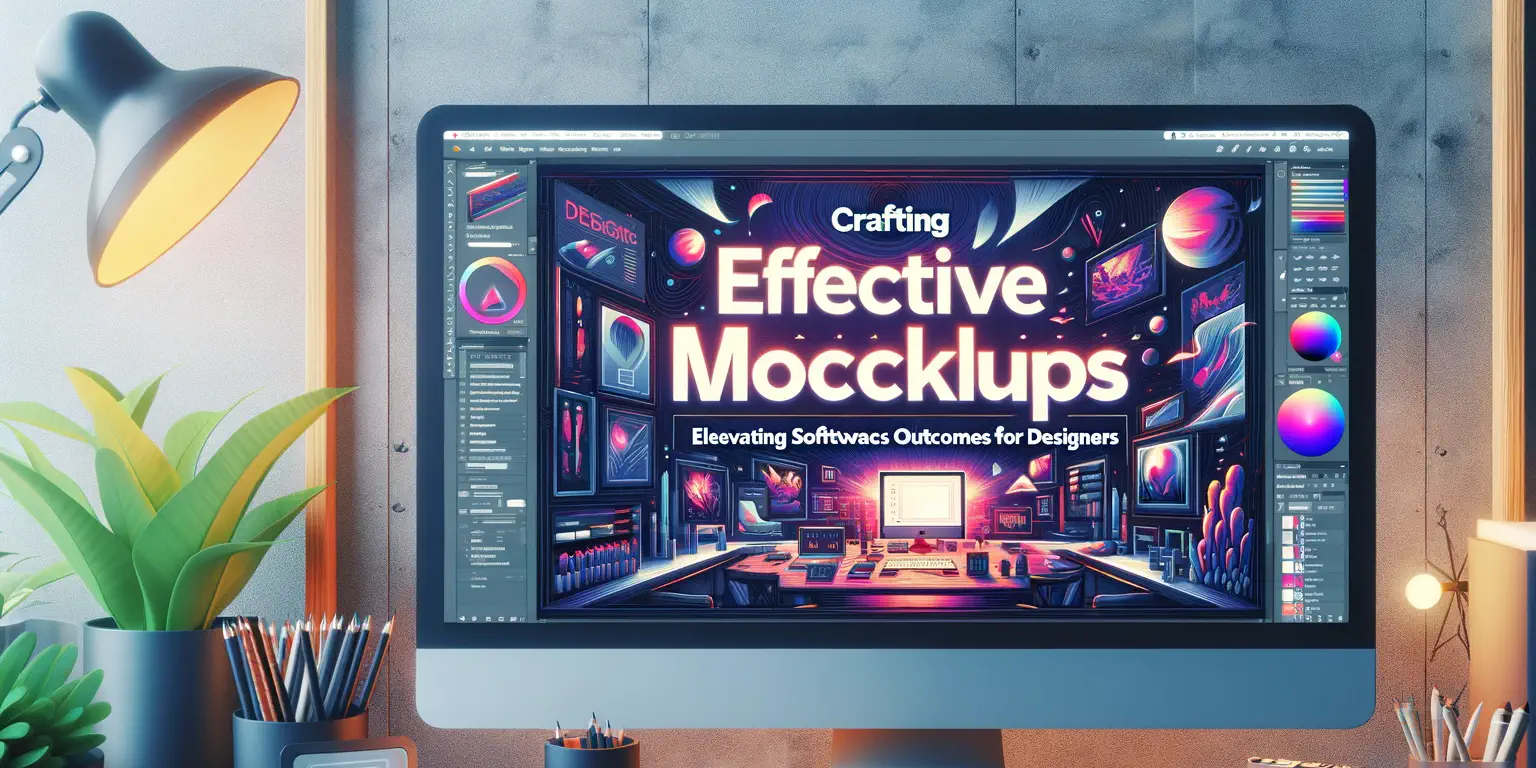Browsing Page 4 of 8
-
 Read more
Read moreSimplified Calendar Interaction: Creating and Viewing iPhone Events with SwiftUI and Xcode 15
Discover how SwiftUI makes calendar integration a breeze, offering custom experiences for managing events efficiently. We’ll explore seamless integration techniques, empowering users to effortlessly create and view events with intuitive design using SwiftUI. -
 Read more
Read moreMaximizing Efficiency in Product Development: Agile Strategies for Small Tech Teams
In today’s fast-evolving tech landscape, small teams are often at the forefront of innovation and development. However, these teams face significant challenges such as resource constraints, the need for rapid development cycles, and the demand for high-quality outputs. Agile methodologies, known for their adaptability and collaborative approaches, present a powerful solution. This blog post delves into how small tech teams can harness Agile methodologies to streamline their product development processes, emphasizing speed, flexibility, and quality. -
 Read more
Read moreUser Happiness 101: The Psychology Behind Delightful Designs
Understanding the psychology of our users is essential to comprehend their needs and motivations, allowing us to anticipate and address them effectively. Perhaps you’ve already heard of this as “user-centered design”.Let’s dig a bit into the psychology behind all of this. -
 Read more
Read moreExploring Edge Functions with Supabase: A Step-by-Step Local Development Guide
In the ever-evolving web development landscape, keeping pace with emerging technologies is imperative. The concept of Edge Functions stands at the forefront of a transformative paradigm shift in cloud computing that brings computing closer to data sources, significantly enhancing processing speeds and reducing latency. This breakthrough opens the door to a wealth of possibilities for real-time applications and highly responsive user experiences. Recently, we have been exploring the world of Edge Functions with Supabase, where the synergy between these technologies empowers developers to craft applications that are not only robust and scalable but also lightning-fast, with an unprecedented level of efficiency and adaptability. -
 Read more
Read moreStreamlining User Experience with React Form Validation
Form validation is an essential feature for any application that collects user input. It ensures that the data entered by the user is correct. Without validation, our database would be filled with incorrect or incomplete data which would lead to errors, security issues, or a poor user experience. In this post, we will be looking at how to validate a form with React form using as an example an application to reserve office spaces, built using the Expo ecosystem and Supabase platform as the storage manager. -
 Read more
Read moreThe Power of Comprehensive Documentation and Best Practices
Ever felt the frustration of coding complexities or the joy of seamless teamwork? In the ever-changing world of software, our guiding stars are Comprehensive Documentation and Best Practices. These aren’t just tools; they’re the secret sauce that turns challenges into triumphs. Buckle up as we unravel the power of these essentials, transforming your development journey into a collaborative, efficient, and innovative adventure. Keep It Comprehensive Yet Concise In the realm of documentation, less truly becomes more when you can convey a deep understanding without drowning the reader in a sea of words. -
 Read more
Read moreMastering DevOps Practices: A Guide for Software Developers
In today’s rapidly evolving tech landscape, efficient software development isn’t just about writing code; it’s about embracing collaborative methodologies that ensure seamless integration, swift deployment, and continuous innovation. DevOps practices stand at the forefront of this paradigm shift, fostering a culture of cooperation between development and operations teams. In this blog post, we’ll explore the fundamental principles and benefits of DevOps practices, along with practical tips for software developers to integrate them seamlessly into their workflows. -
 Read more
Read moreEnhancing Team Productivity through Collaborative Coding: The Power of Pair Programming and Code Reviews
In the dynamic realm of software development, collaboration is the bedrock upon which groundbreaking innovations are built. Efficient collaboration within a development team not only fosters knowledge sharing but also significantly impacts the quality and speed of software delivery. In this blog post, we delve into two powerful strategies – Pair Programming and Code Reviews – that have become keystones in the modern software development process, enhancing teamwork, productivity, and code quality. -
 Read more
Read moreCrafting Effective Mockups: Elevating Software Process Outcomes for Designers
In the world of design and software development, the journey from concept to the final product is a complex and intricate process. Designers play a pivotal role in this journey, bridging the gap between ideas and tangible outcomes. One essential tool in a designer’s toolkit is the creation of effective mockups. In this blog, we will delve into the art of creating effective mockups and how they can lead to better outcomes in the software development process.

Achieve your organization objectives.
We're ready to integrate with your teams to fulfill your business goals with our experience.